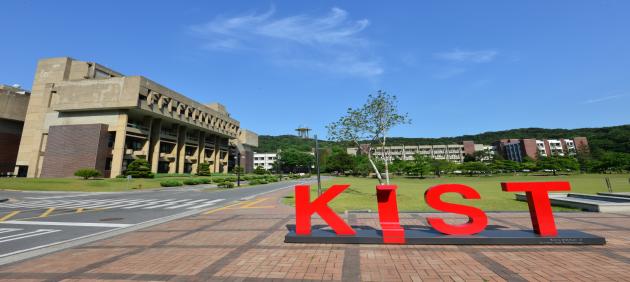A research team of Korea Institute of Science and Technology (KIST) said Thursday that Tentonin 3 (TTN3), which regulates muscle contraction and relaxation, also acts as a sensor to control blood pressure in the heart.
The human body has receptor cells that sense blood pressure. However, it has not been identified which protein inside the blood pressure receptor cells senses the external stimuli.

The research team led by Oh Uh-taek, head of the Brain Science Laboratory at KIST, discovered a gene in the mechanically sensitive channel TTN3 at the aortic blood pressure receptor's nerve ending while observing a nerve bundle near the heart to find the responsible sensor protein.
Researchers removed the TNN3 gene in rats and confirmed a significantly lowered ability to perceive blood pressure. When they turned on the TNN3 gene, rats’ blood pressure returned to normal.
TNN3 is a mechanically sensitive channel protein, which is one of the ion channels. Ion channels are proteins that form a passage and allow ions inside and outside the biomembrane to move. Ions generate an electrical signal when moving inside the human body. This signal excites cells and facilitates heartbeat, hormone secretion, sense, and movement.
The mechanical sensitive channel is an ion channel that opens when cells perceive physical stimuli. It is also used to sense internal stimuli such as high or low blood pressure.
If the channel malfunctions, there is a risk of developing diseases, including hypertension. Hypertension is even more dangerous because it is regarded as an essential factor that increases the risk of cardiovascular diseases, such as myocardial infarction or stroke.
“The study is likely to broaden the scope of physiological understanding of our sensing system for blood pressure,” Professor Oh said. “We expect our findings will serve as a foundation for hypertension therapy due to an error in sensing heart blood pressure.”

